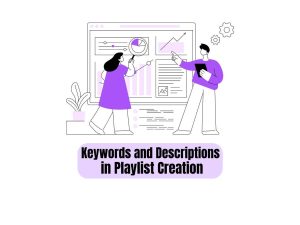
Ensuring Quality and Consistency in Multilingual Content Writing
In today’s globalized world, businesses are increasingly expanding their reach to international markets, necessitating the creation of multilingual content to effectively communicate with diverse audiences.


































